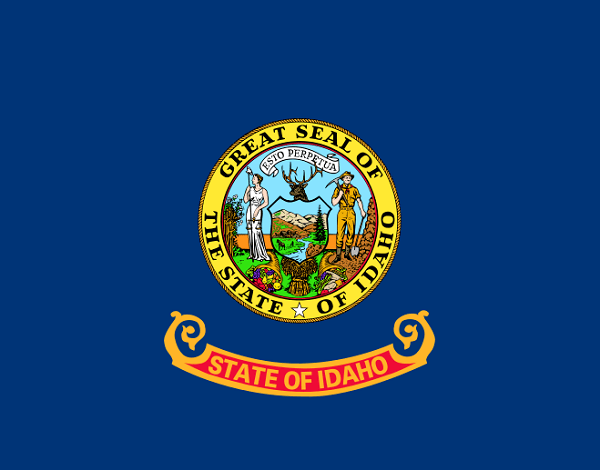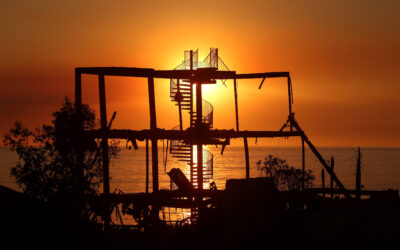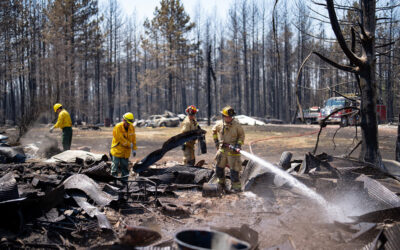Creating a safer firefighting environment

BOISE, Idaho (AP) — More fuel breaks are being constructed as part of a plan by federal officials to stop wildfires in southwestern Idaho and southeastern Oregon.
The U.S. Bureau of Land Management said workers this month will start thinning or removing vegetation on 448 acres (180 hectares) along roadways in Idaho with the intention of reducing flame length and slowing the spread of fast-moving wildfires. Work is expected to go through mid-October.
“The strategy of reducing vegetation and breaking up its continuity along established road systems will provide a safer work environment for the wildland firefighting community, resulting in more suppression options in the event of a large fire,” said Lance Okeson, BLM acting Owyhee Field Office manager, in a statement.
The fuel break project is part of a $67 million rehabilitation effort following a 2015 wildfire that scorched 436 square miles (1130 square kilometers) of sagebrush steppe in Idaho and Oregon that supports cattle grazing and some 350 species of wildlife, including sage grouse.
The project overall will put in fuel breaks on BLM land along 271 miles (436 kilometers) of existing roadways in Idaho and Oregon.
In addition to having workers clearing brush in fuel breaks, the agency this spring started using targeted grazing as an experimental technique. Targeted grazing has livestock herds grazing in selected fuel break tracks to thin vegetation.
The burned area is also part of a multi-year study examining various rehabilitation efforts. Those efforts could show whether the BLM has the ability to stop the cycle of increasingly destructive wildfires in the Great Basin. Many of those fires have been driven by cheatgrass, an invasive species that uses fire to force out native plants and turn vast areas into monocultures that burn frequently, often in sage grouse habitat.
Between 200,000 and 500,000 sage grouse remain in 11 Western states, down from a peak population of about 16 million. Experts generally attribute the decline to road construction, development and oil and gas leasing.
The males are known for performing an elaborate ritual that includes making balloon-like sounds with two air sacs on their necks. Sage grouse didn’t receive federal protection in 2015, but officials are expected to review that decision in 2020.
All contents © copyright 2018 Associated Press. All rights reserved.




